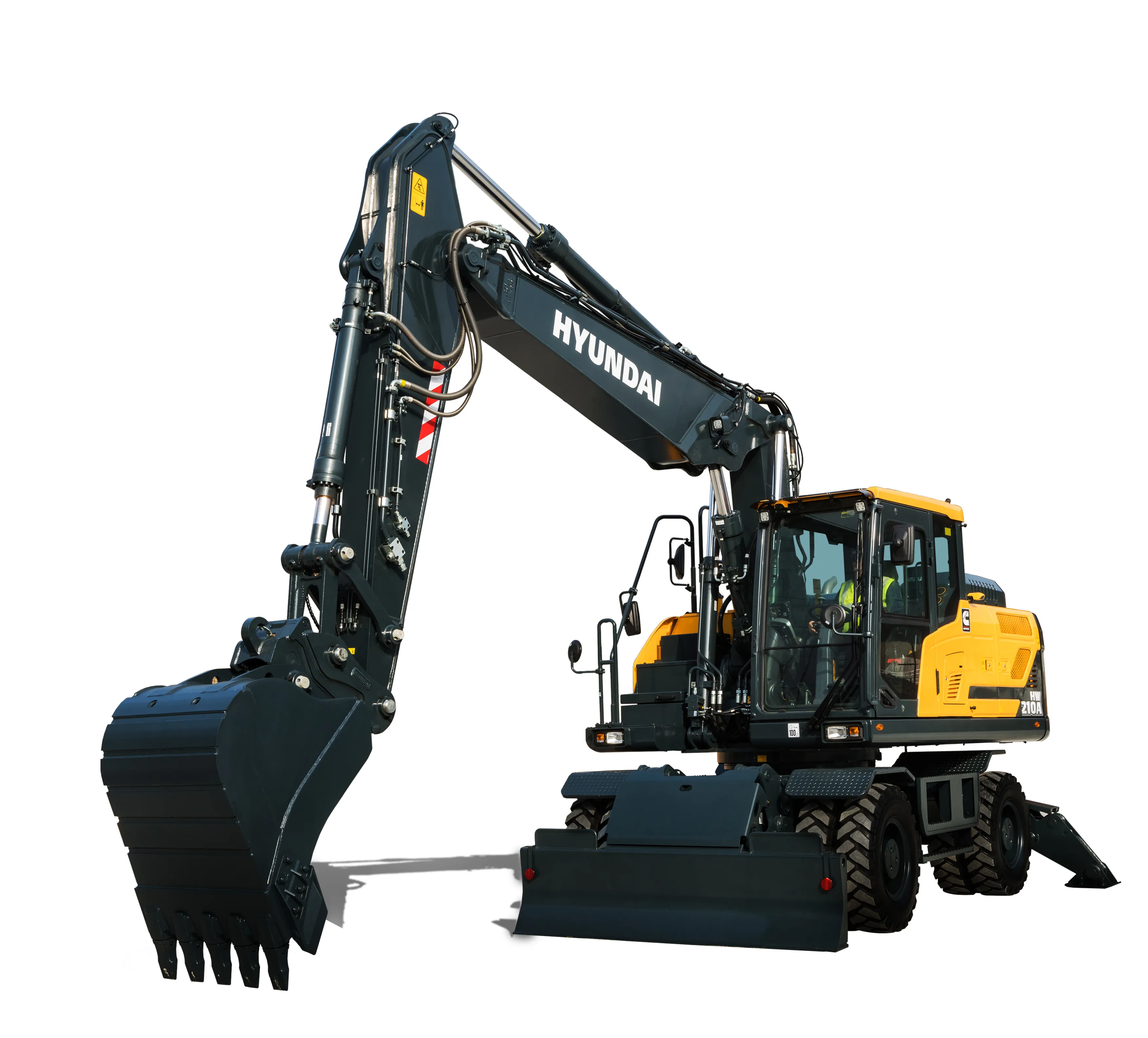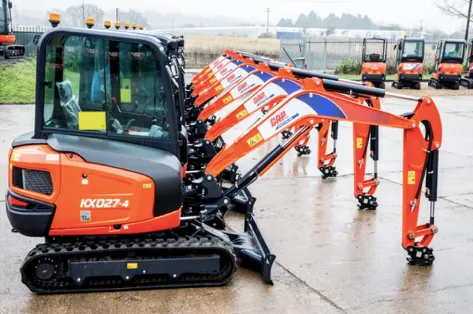After a very strong first quarter, growth slowed down in the second quarter, before taking off again in Q3 and Q4. Current levels of sales are on par with the levels seen in 2006 and 2008, but the industry is still 20% below the 2007 peak.
The troubled markets in Southern Europe and Central and Eastern Europe showed growth at above average levels. As a result, the north-south disparity is gradually becoming less pronounced.
Performance in 2017
“It came as a relief to see that the recovery of Italy and Spain continues and even gains momentum,” said Sebastian Popp, economic expert at CECE. “Even though southern Europe is still on a comparably low level, it is important to note that the gap between north and south is getting smaller.” In the large volume markets of northern and western Europe, the sector is close to historical record levels already.
All customer segments had good business in 2017, and especially fleet renewals of the rental sector boosted demand. “The ongoing recovery of Europe’s construction industry, improved business in the mining and quarrying sectors, and a favourable economic environment with low interest rates further stimulated investments,” said Popp.
If none of these fundamentals changes significantly in 2018, demand should remain strong in 2018. The CECE Business Barometer reached new heights at the beginning of 2018.
Outlook 2018
The February index value surpassed the previous record levels seen in the spring of 2017, with 75% of European manufacturers describing their business as good or very good. Another 21% considered business to be satisfactory. This is the most positive opinion ever recorded by the monthly CECE survey.
However, there were some differences between the product groups.
While around 70% of earthmoving and road equipment manufacturers anticipate further sales growth, only 40% of concrete equipment producers expect to see more growth. Furthermore, 20% of concrete equipment producers believe their business may decline during the next six months.
Component manufacturers were the most optimistic in the February survey, with almost 80% anticipating additional growth.
Factors that could result in a negative impact on the industry include the looming free trade crisis, as well as ongoing political and economic uncertainties, such as Brexit – the exit of the United Kingdom from the
However, machine delivery times could also become a significant limiting factor to growth in sales in 2018. As equipment demand has picked up around the world, with many regions seeing growth improve at the same time, manufacturers’ production capacities may prove insufficient to serve all markets at the same pace.
A lot of manufacturers have already reported some difficulties in obtaining components from their suppliers at the rate required. An additional factor in the very strong markets in western Europe, is the restricted availability of machine operators, which poses a natural limit to equipment sales. This can result in the genuine level of machine demand exceeding what is possible in terms of operational machine supply.
Considering the range of factors which both support and limit equipment sales, a 5-10% increase in the European market is a realistic forecast for 2018. This would mark the fifth consecutive year of growth for the construction machinery industry.
But it may also be the final year before a downturn in the cycle in 2019.
The %$Linker:
*The Annual Economic Report from the Brussels-based CECE contains sections on the macro economic situation, the performance of the construction sector, the main markets and main segments of the European construction equipment industry. The report includes also information from the national CECE member associations, shedding more light on regional developments in the European construction equipment sector.







